
Ingredient
Fruit compote, plum
Plum Delight: Exploring the Sweet and Tangy World of Fruit Compote
Fruit compote, plum, is a luscious mixture of plums cooked down with sugar, spices, and sometimes a touch of citrus. The plums soften and release their juices, creating a thick and syrupy texture. The compote has a vibrant purple color and is bursting with the natural flavors of the plums. It has a sweet and tangy taste, with a hint of tartness that balances the sweetness. The texture is soft and slightly chunky, with the plums retaining some of their shape. The compote is visually appealing, with the deep purple hue of the plums adding a pop of color to any dish.
Origins and history
Plums have a long history and are believed to have originated in China. They were introduced to Europe by the Romans and have since become a popular fruit in many cultures. Fruit compotes, including plum compote, have been enjoyed for centuries as a way to preserve fruits and enhance their flavors. They were particularly popular in medieval Europe, where they were often served as a sweet ending to a meal.
Nutritional information
Plum compote is a nutritious treat, rich in vitamins A and C, as well as dietary fiber. It is relatively low in calories, with approximately 70 calories per 1/4 cup serving.
How to select
When selecting plums for making fruit compote, choose plums that are ripe but still firm. Look for plums that have a deep, even color and give slightly when gently pressed. Avoid plums that are overly soft or have blemishes or bruises.
Storage recommendations
Store plum compote in an airtight container in the refrigerator. It will keep well for up to one week. If you want to extend its shelf life, you can also freeze the compote in a freezer-safe container for up to three months.
How to produce
To make plum compote at home, start by washing and pitting the plums. Cut them into quarters or slices, depending on your preference. In a saucepan, combine the plums with sugar, spices (such as cinnamon or vanilla), and a splash of citrus juice (such as lemon or orange). Cook over medium heat, stirring occasionally, until the plums have softened and the mixture has thickened to your desired consistency. Allow the compote to cool before serving or storing.
Preparation tips
Plum compote can be enjoyed in various ways. Serve it as a topping for pancakes, waffles, or yogurt. It can also be used as a filling for pastries, cakes, or tarts. For a refreshing twist, mix the compote with sparkling water or use it as a base for cocktails. To enhance the flavors, you can add spices like cinnamon, nutmeg, or star anise during the cooking process.
Substitutions
If you don't have plums available, you can substitute other stone fruits such as peaches or apricots to make a fruit compote. The taste and texture may vary slightly, but the result will still be delicious.
Culinary uses
Plum compote is a versatile ingredient that can be used in both sweet and savory dishes. It is commonly used as a topping for desserts like ice cream, cheesecake, or panna cotta. It can also be used as a filling for pastries, such as turnovers or Danish pastries. In savory dishes, plum compote pairs well with roasted meats, grilled poultry, or cheese platters.
Availability
Plums are widely cultivated and available in many regions around the world. The availability of plum compote may vary depending on the season and local production.
More ingredients from this category

Fruit compote, sweet cherry
A Symphony of Sweetness: Exploring the Delights of Sweet Cherry Fruit Compote

Fruit compote, peach
Peachy Delight

Fruit compote, mixed fruit
A Symphony of Sweetness: Exploring the Delights of Mixed Fruit Compote

Fruit compote, apple
Apple Delight: Exploring the Versatility of Fruit Compote

Fruit compote, pear
Pearlicious Delight

Fruit compote, apricot
Apricot Delight

Fruit compote, table grape
Versatile Sweet Medley

Fruit compote, sour cherry
Tangy Delight: Exploring the World of Sour Cherry Fruit Compote
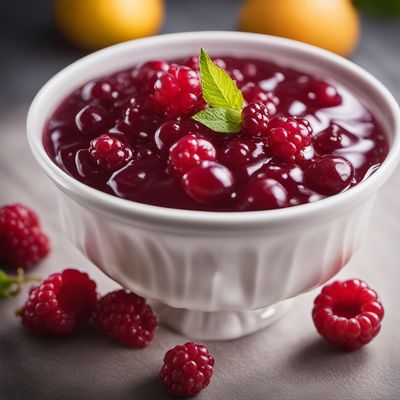
Fruit compote, cranberry
Tangy and Sweet Cranberry Delight

Fruit compote, mandarin
Tangy Delight: Exploring the Zesty Mandarin Fruit Compote
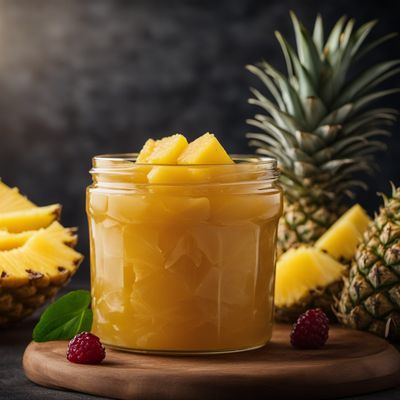
Fruit compote, pineapple
Tropical Delight: Exploring the Sweet and Tangy Pineapple Fruit Compote
Recipes using Fruit compote, plum

Croatian Pavlova
Delightful Croatian Meringue Cake
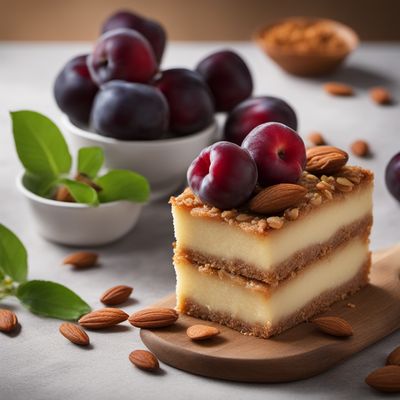
Quetschentaart with Almond Crust
Luxembourg's Delight: Quetschentaart with a Nutty Twist

Yusheng - Prosperity Tossed Salad
Abundance Blossom - A Vibrant Toss of Fortune

Malaysian Chinese Style Spiced Plum Pudding
Fragrant Spiced Plum Pudding: A Malaysian Chinese Delight
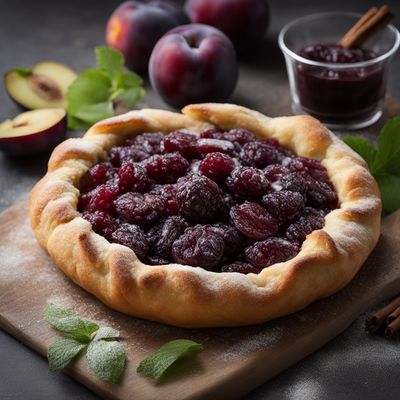
Valašský Frgál with Plum Filling
Plum-filled Delight: Valašský Frgál Recipe

Coyol en Miel - Pembrokeshire Style
Pembrokeshire Honeyed Coyol Delight
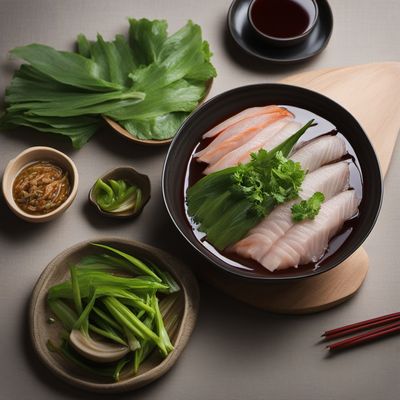
Teochew-style Steamed Buri with Pickled Vegetables
Delicate Steamed Buri with Tangy Teochew Pickles